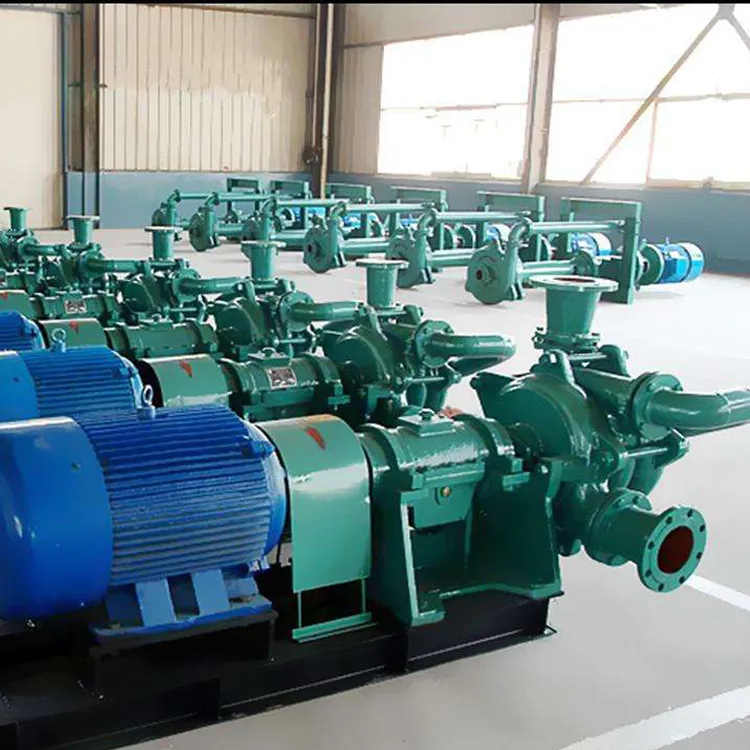English
- Afrikaans
- Albanian
- Amharic
- Arabic
- Armenian
- Azerbaijani
- Basque
- Belarusian
- Bengali
- Bosnian
- Bulgarian
- Catalan
- Cebuano
- Corsican
- Croatian
- Czech
- Danish
- Dutch
- English
- Esperanto
- Estonian
- Finnish
- French
- Frisian
- Galician
- Georgian
- German
- Greek
- Gujarati
- Haitian Creole
- hausa
- hawaiian
- Hebrew
- Hindi
- Miao
- Hungarian
- Icelandic
- igbo
- Indonesian
- irish
- Italian
- Japanese
- Javanese
- Kannada
- kazakh
- Khmer
- Rwandese
- Korean
- Kurdish
- Kyrgyz
- Lao
- Latin
- Latvian
- Lithuanian
- Luxembourgish
- Macedonian
- Malgashi
- Malay
- Malayalam
- Maltese
- Maori
- Marathi
- Mongolian
- Myanmar
- Nepali
- Norwegian
- Norwegian
- Occitan
- Pashto
- Persian
- Polish
- Portuguese
- Punjabi
- Romanian
- Russian
- Samoan
- Scottish Gaelic
- Serbian
- Sesotho
- Shona
- Sindhi
- Sinhala
- Slovak
- Slovenian
- Somali
- Spanish
- Sundanese
- Swahili
- Swedish
- Tagalog
- Tajik
- Tamil
- Tatar
- Telugu
- Thai
- Turkish
- Turkmen
- Ukrainian
- Urdu
- Uighur
- Uzbek
- Vietnamese
- Welsh
- Bantu
- Yiddish
- Yoruba
- Zulu
Telephone: +86 13120555503
Email: frank@cypump.com
Jul . 27, 2024 02:19 Back to list
A Comparative Analysis of Axial and Mixed Flow Pumps in Various Applications and Performance Metrics
Axial vs. Mixed Flow Pumps A Comparative Analysis
Pumps are integral components in a wide range of industrial applications, playing a pivotal role in the movement of fluids. Among various types of pumps, axial and mixed flow pumps are two prevalent designs, each with distinct operational principles and applications. Understanding the differences between these two types can help engineers and operators select the appropriate pump for their specific needs.
Axial Flow Pumps
Axial flow pumps are designed to move fluid along the axis of the pump. They feature a propeller or an impeller that works similarly to a fan, drawing the fluid into the pump and pushing it forward. The key characteristic of axial flow pumps is their ability to impart a high flow rate at relatively low discharge pressures. This makes them ideal for applications where large volumes of fluid need to be moved without requiring significant pressure, such as in drainage, irrigation, and flood control systems.
One of the significant advantages of axial flow pumps is their efficiency in transferring large amounts of fluid with minimal energy consumption. The design typically allows for a smooth flow trajectory, reducing turbulence and energy loss. Moreover, these pumps are known for their relatively compact size and ease of maintenance, contributing to their popularity in various applications.
However, axial flow pumps are not without their limitations. They are generally less effective in high head (pressure) applications. In situations requiring considerable elevation changes or pressure surges, axial flow pumps may struggle to perform efficiently. Consequently, engineers need to evaluate the required pressure conditions before choosing this type of pump.
Mixed Flow Pumps
axial vs mixed flow pump

Mixed flow pumps combine elements from both axial and centrifugal pumps. They can be thought of as a hybrid solution, with an impeller design that allows the fluid to move both axially and radially. This unique capability enables mixed flow pumps to handle higher pressure ranges compared to purely axial flow pumps, making them suitable for applications that demand both flow rate and head.
The dual flow path in mixed flow pumps allows them to operate efficiently across a broader range of conditions. They find applications in municipal water supply, power plants, and other industrial processes where both substantial flow and pressure lifting are required. The ability to generate higher heads while still maintaining a relatively high flow rate makes mixed flow pumps a versatile choice.
Despite their advantages, mixed flow pumps can be somewhat more complex in terms of design and operation than their axial counterparts. This complexity can lead to higher initial costs and potentially more involvement in maintenance. Nonetheless, their efficiency in applications requiring both flow and pressure makes them an attractive option for many industries.
Conclusion
When choosing between axial and mixed flow pumps, it is crucial to consider the specific requirements of the application at hand. Axial flow pumps are optimal for high flow, low pressure situations, providing efficiency and ease of maintenance. In contrast, mixed flow pumps serve well in scenarios demanding a balance of flow capacity and pressure, making them suitable for a wider range of applications.
Ultimately, the decision on which pump to use should be guided by a thorough analysis of the system requirements, including flow rates, head requirements, efficiency considerations, and potential maintenance implications. Both types of pumps have their place in the engineering landscape, and understanding their respective strengths and weaknesses can lead to more effective and economical solutions in fluid management.
-
Horizontal Split Case Pump with GPT-4 Turbo | High Efficiency
NewsAug.01,2025
-
ISG Series Pipeline Pump - Chi Yuan Pumps | High Efficiency, Durable Design
NewsAug.01,2025
-
Advanced Flue Gas Desulfurization Pump with GPT-4 Turbo | Durable & Efficient
NewsJul.31,2025
-
ISG Series Vertical Pipeline Pump - Chi Yuan Pumps | Advanced Hydraulic Design&Durable Construction
NewsJul.31,2025
-
ISG Series Vertical Pipeline Pump - Chi Yuan Pumps | Energy Efficient & Low Noise
NewsJul.31,2025
-
pipeline pump - Chi Yuan Pumps Co., LTD.|High Efficiency&Low Noise
NewsJul.31,2025










